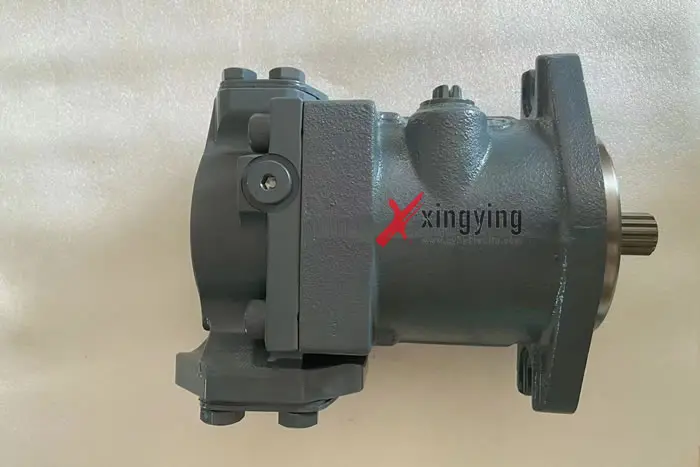Comprehensive Guide to Overhauling a Piston Pump in Hydraulic Systems

A Piston Pump relies on the reciprocating motion of the piston within the cyLinder, causing the volume of the sealed working chamber to change, thereby enabling oil suction and pressure. This essential component of Hydraulic Systems boasts several advantages, including high rated pressure, compact structure, high efficiency, and ease of flow adjustment. It is predominantly used in high-pressure, large-flow, and adjustable flow applications, such as hydraulic machinery, construction equipment, and marine vessels. When overhauling a piston pump, the following steps should be meticulously followed:
Inspect the Plunger: Examine the plunger for any signs of scarring or corrosion. If defects are found, replace the plunger with a new one to ensure optimal performance.
Check Plunger Fit: To assess the fit of the plunger Assembly, insert the end of the plunger into the plunger sleeve and tilt it to approximately 60°. If the plunger slides down slowly under its own weight, the fit is considered good.
Evaluate Plunger Sealing: Hold the plunger sleeve in your hand, block the oil inlet at the top and side of the plunger with two fingers, and pull out the plunger with your other hand. A strong suction force felt, and the plunger retracting back to its original position upon release, indicates good sealing.
Inspect the Outlet Valve Decompression Ring: Check the decompression ring of the outlet valve for any wear, steps, or scars. Replace the ring if necessary to maintain proper function.
Test the Outlet Valve Fit: To check the outlet valve’s fit, block the lower hole of the valve with your finger and gently press the valve downward with another finger. If the valve springs back to its original position upon releasing the upper end, it is well sealed.
Assess the Tappet Body Clearance: The standard clearance between the injection pump body and the tappet body should be between 0 to 0.03mm. If the clearance exceeds 0.2mm, the parts should be replaced to ensure precise operation.
Additional Checks: It is also important to inspect other components such as the piston rings, cylinder bore, and hydraulic lines for wear or damage. Ensuring that all parts are clean, properly lubricated, and free from debris will contribute to the overall efficiency and longevity of the piston pump.
By following these detailed inspection and maintenance steps, you can ensure that your piston pump operates at peak efficiency and reliability, minimizing downtime and extending the service life of your hydraulic system.
Why Choose XingYing Hydraulic as Your Supplier?
1.Direct from Manufacturer: Benefit from competitive pricing on top-quality hydraulic products, sourced directly from our factory in China.
2.Custom Solutions: Our expertise allows us to tailor hydraulic components to your precise requirements, ensuring optimal performance.
3.Reliable Supply: Count on us as your trusted supplier for consistent quality and timely delivery, backed by our reputation in the industry.